Technology
Aston Martin Vantage track test 2025: 656 hp in a modest package
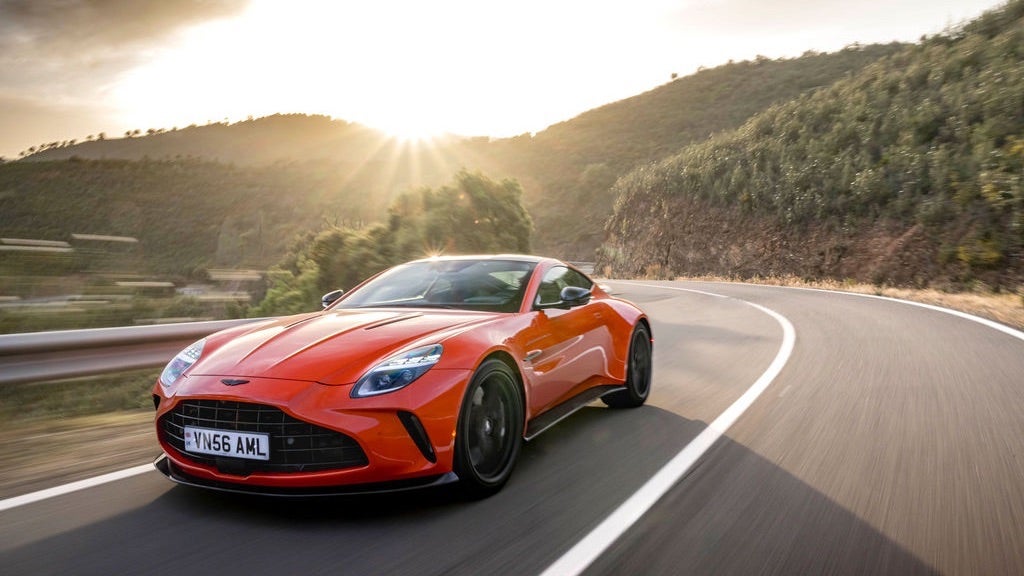
It is paradoxical that a secret agent would dress up in a tuxedo and attend high-roll social events, where he famously identifies himself by his name – his Real name. The Aston Martin Vantage, a ride favored by the said agent, possesses similar paradoxical qualities.
The Vantage debuted in 1972 as a standalone model in the Aston Martin line as a redesigned 1967 DBS, which looked very much like a Ford Mustang. The name was previously used as a trim designation on various Aston models. Finally, the Vantage played the leading role in 1987 The living daylights.
The sleek appearance of the modern Vantage allows it to wander around the city surprisingly inconspicuously for such a warm building. The Vantage is not a ‘look at me’ Lambo. But a switch to the Sport Plus driving mode immediately unclogs the mufflers, allowing the Mercedes AMG-produced 656 hp and 590 lb.-ft. The 4.0-liter twin-turbocharged V8 screams its arrival.
Not only is this a lot of fun on the track, where I like to hear the engine if it’s not annoying anyone, but it also proved useful on the winding mountain roads outside Seville, Spain, where Aston Martin introduced the updated Vantage to the press. When passing local kids on scooters, a quick turn of the mode dial allowed them to hear the car’s approach without anything as flashy as a car horn.
It seems like yesterday that we met the current generation Vantage on a drive in Portugal in 2018, but the company has since changed hands, bringing an influx of money for product development. Canadian mogul Lawrence Stroll (who you may know – along with his son, Formula 1 driver Lance Stroll – from Amazon Prime’s Drive to survive F1 docu series) took the then listed Aston private in 2020.
Stoll has since poured money into the project and the Vantage has benefited from a 30 percent increase in horsepower and a 15 percent increase in torque. That’s an incredible 153 horsepower. and 85 lb.-ft. more than the previous version of what is essentially the same engine.
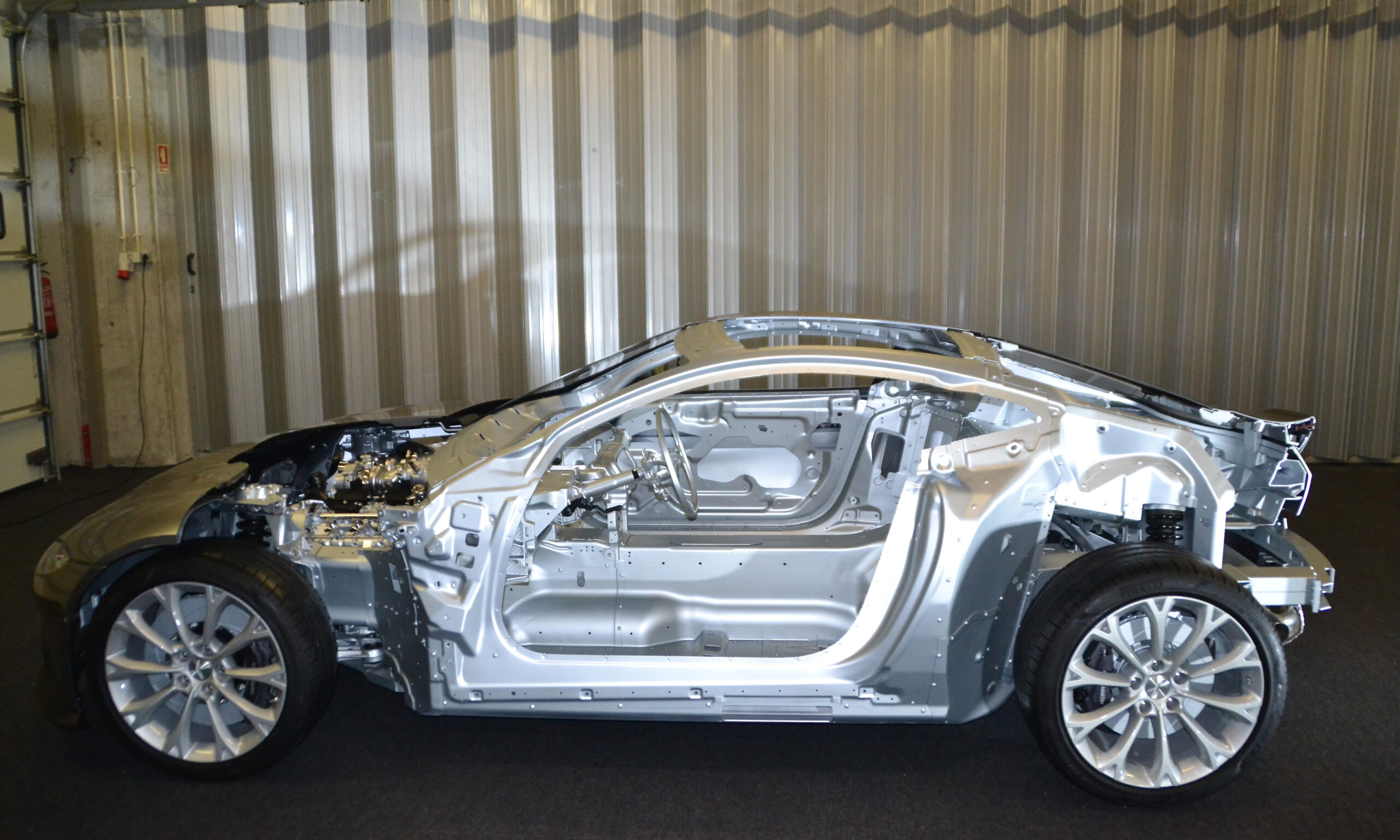
Aston Martin achieved this by using more aggressive camshafts, an optimized compression ratio and enlarged turbochargers. There is accordingly improved cooling to dissipate the greater heat generated by the increased power. “We have a much larger grille,” says Aston Martin technical director Simon Newton. “We double-stacked some coolers (you’d probably call them radiators), so there’s 51 percent more airflow through the coolers in the new setup. The net result is that the car can operate in hot environments on the track ten degrees (C) more than the old car, which is quite significant.”
The renowned 8-speed ZF planetary automatic transmission has been recalibrated with shift programming to deliver faster, harder shifts that feel more like the dual-clutch transmission (DCT) in vogue for sports cars. A shortened final drive ratio of 3.083:1 contributes to faster acceleration from 0 to 100 km/h in 3.4 seconds, while still reaching an incredible top speed of 320 km/h.
The improved acceleration is partly due to the addition of a launch control system with driver-adjustable slip levels for the rear tires. “Unlike some launch systems that set a target RPM and fiddle with the clutches to make that happen, you can set your own slip coefficient so you can vary the percentage of slip you get at any given time,” Newton notes.
Because this traditional transmission still has a torque converter, the Aston’s low speeds are impeccable, ensuring the driver always looks poised when parking in front of a busy cafe full of spectators.
With more power comes greater responsibility to keep it under control. That’s why Aston engineers have refined the Vantage’s chassis, making it 10 percent stiffer than before and improving the suspension that connects the car to the road. “We added some extra structure to the front, behind the radiator packages,” Newton explains. “In addition, we put a slightly redesigned sliding panel underneath, so we increased the thickness of the material and we upgraded the cross brace, the strut tower brace, if you will, above the engine, where the tops of the front dampers are tied together . .”
Although we think primarily about the front of the car when assessing steering response and handling, it’s important not to overlook the rear, says Newton. “Just as important for the steering, but also for the lateral response, is the rear of the car,” he says. “We increased the thickness of the sliding panel under the rear differential and we tightened the connection between the rear damper caps.”
Those changes at the rear help with the steering connection, because as soon as you steer, you’re trying to get the rear of the car to respond laterally when you make your first steering input,” Newton continues. “It helps with the connection in the center and also the sharpness of the lateral response during steering.”
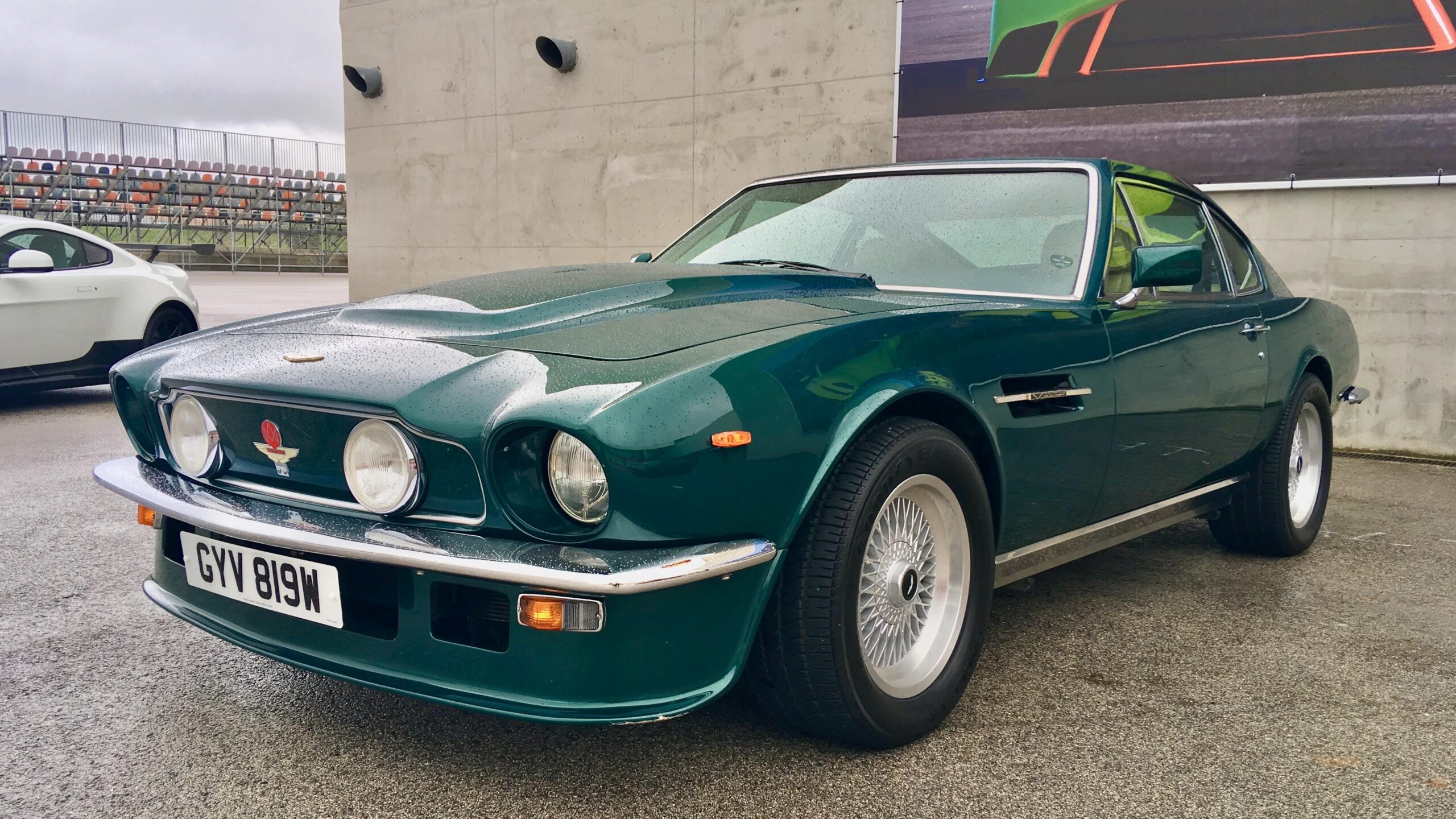
These structural improvements form the basis on which the Bosch Integrated Vehicle Controller and Bilstein active dampers can do their work. “[The Bosch controller] has a clear idea of what the car is doing so it can predict what is needed from the system,” Newton said. “[Electronic traction and stability management] comes in very early, very light, and not at all disruptive to the driving experience.”
Both on the winding mountain road where I drove the Vantage for a solid half-hour of non-stop hairpin bends and on the race track, the car demonstrated an ability to change direction quickly, which is exceptional for a car with a front-mounted V8 engine. . The ability to follow exactly where I wanted to go while providing a comfortable ride across the miles of Spanish autopista on the way to and from the good roads showed how Aston engineers took up the challenge of turning the Vantage into a good sports car and a good Aston Martin.
The company claims to have quantified the exact amount of understeer reduction, which equates to a 12 percent improvement over the previous model. On the road, the Vantage showed no understeer. Understeer did occur on the track, but only as a result of very late braking for slow corners.
The limiting factor here is the Michelin Pilot Sport S 5 tires, Michelin’s all-around high-performance tire, and not the company’s maximum performance track tire. Nevertheless, the Pilot S 5s delivered impressive performance on the track, while steering well on-center and in a straight line on the road and presumably without the short lifespan of pure performance tires.
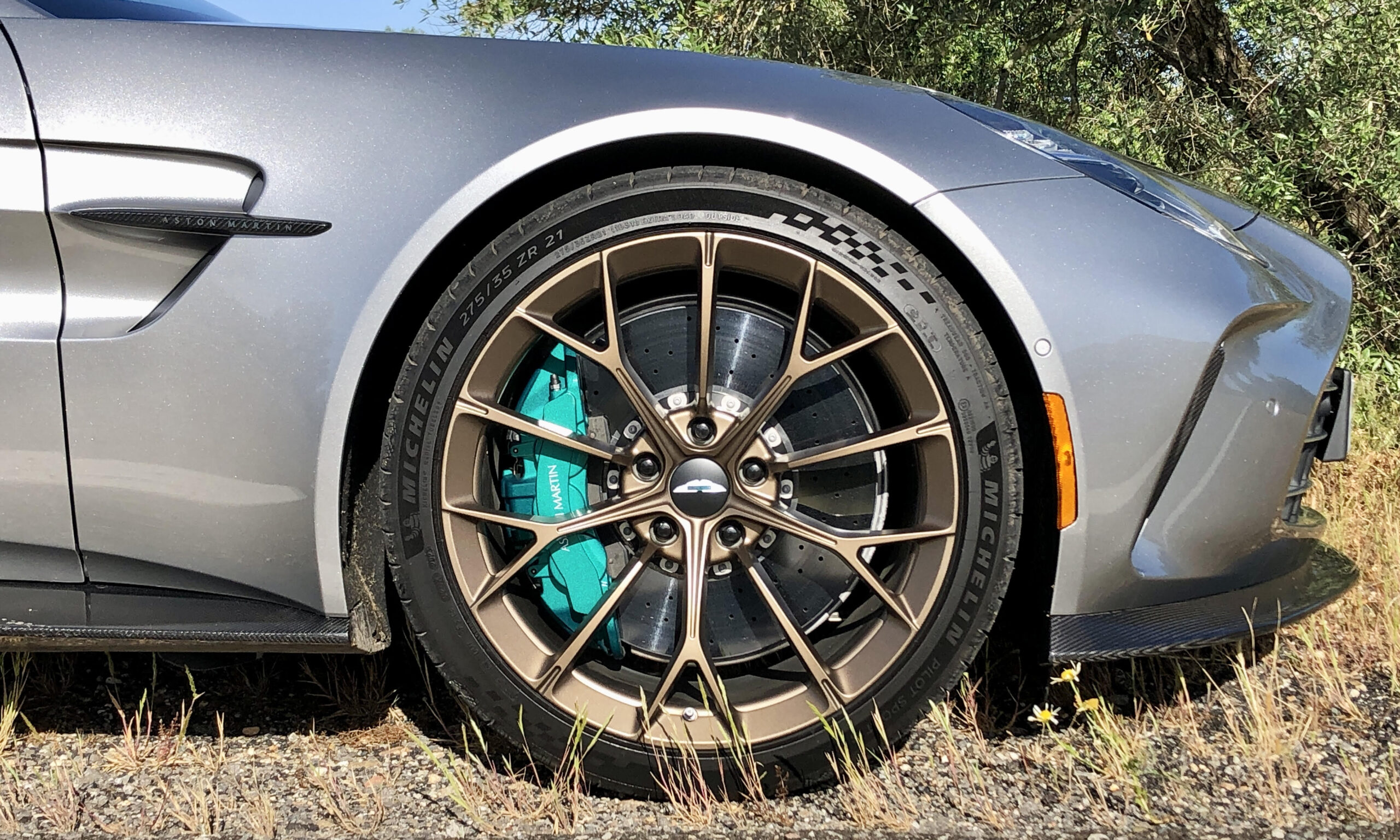
Newton points out that the tires are the same 275/35 R21 front and 325/30 R21 sizes as those used on the larger, heavier DB12, which shows how much grip is available from the smaller, lighter Vantage. Although they are the same size, they are not the same tires as the Pilot Sport S 5s on this car are set up differently to those on the DB12. “We matched these tires to this car, which is no small undertaking,” Newton points out.
The Vantage’s full speed potential also requires a corresponding ability to reduce that speed. The car’s standard brakes are Brembo-supplied 6-piston calipers at the front and 4-piston calipers at the rear, squeezing the 400mm front rotors and 360mm rear discs. Cast iron rotors are standard equipment and carbon ceramic rotors are available as an upgrade for drivers planning to take to the track. My test cars for both street and track were equipped with carbon ceramics, but unexpectedly even these ultimate performance brakes faded after prolonged hard driving.
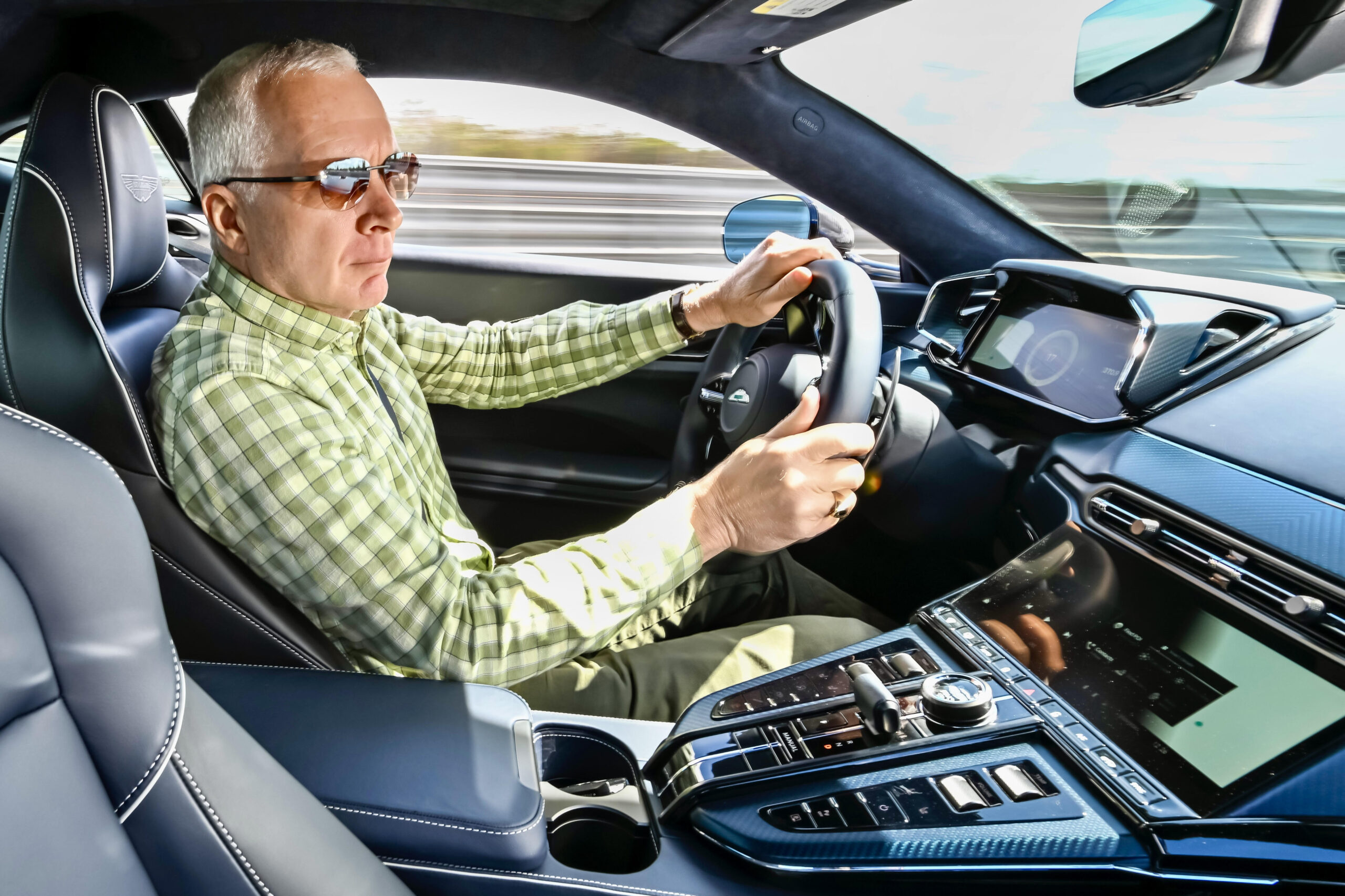
On the street, with its unforgiving winding bends, the carbon-ceramic brakes were glazed, causing a high-frequency whine under light braking before further use wore the glaze off the braking surface. On the track, the brake pedal became spongy and pressed to the ground most of the way under hard braking in slow corners. The carbon ceramic brakes can withstand very high temperatures, with an operating temperature of almost 1,500 degrees. However, this heat boils the brake fluid, causing the compressible bubbles to release into the fluid and allow the brake pedal to be pushed closer to the floor.
My colleagues from other publications reported similar results with their cars towards the end of a long day at the track. This isn’t a shortcoming of the Vantage, it just points out the fact that heavy, fast road cars aren’t true race cars and can’t be expected to perform as if they were. It would be equally unrealistic to expect to be able to take a race car on the kind of cross-country trip that the Vantage is standard.
The Vantage is a joy to drive through an astonishing range of conditions and conditions, just as you’d hope, making it equally suitable when you’re dressed in an Armani suit or one of Aston Martin’s Alpinestars fire suits F1 team. It is the realization of this paradox that makes Aston Martins the special cars that they are. You can even ask a spy. Remember, what’s his name?













